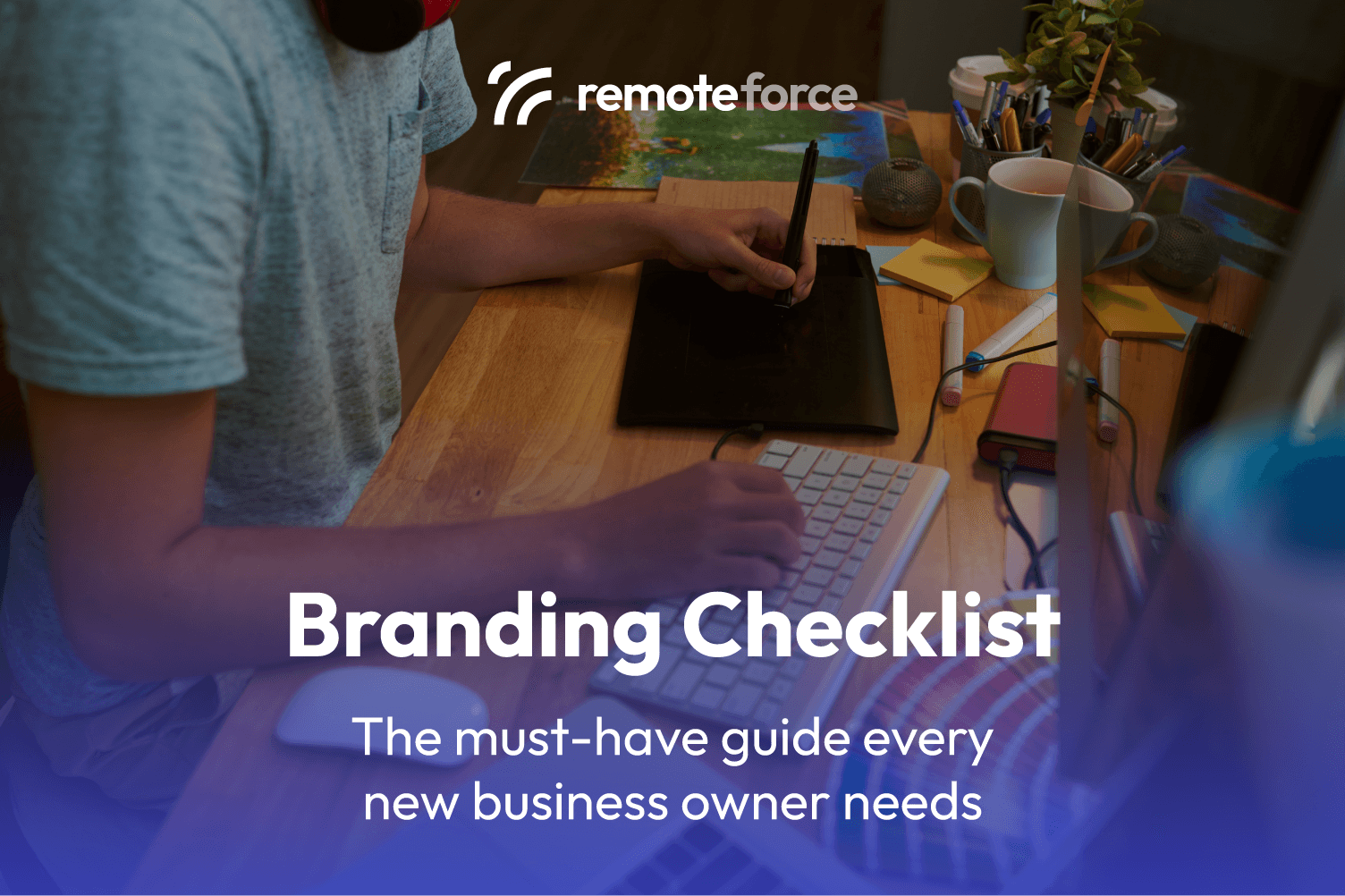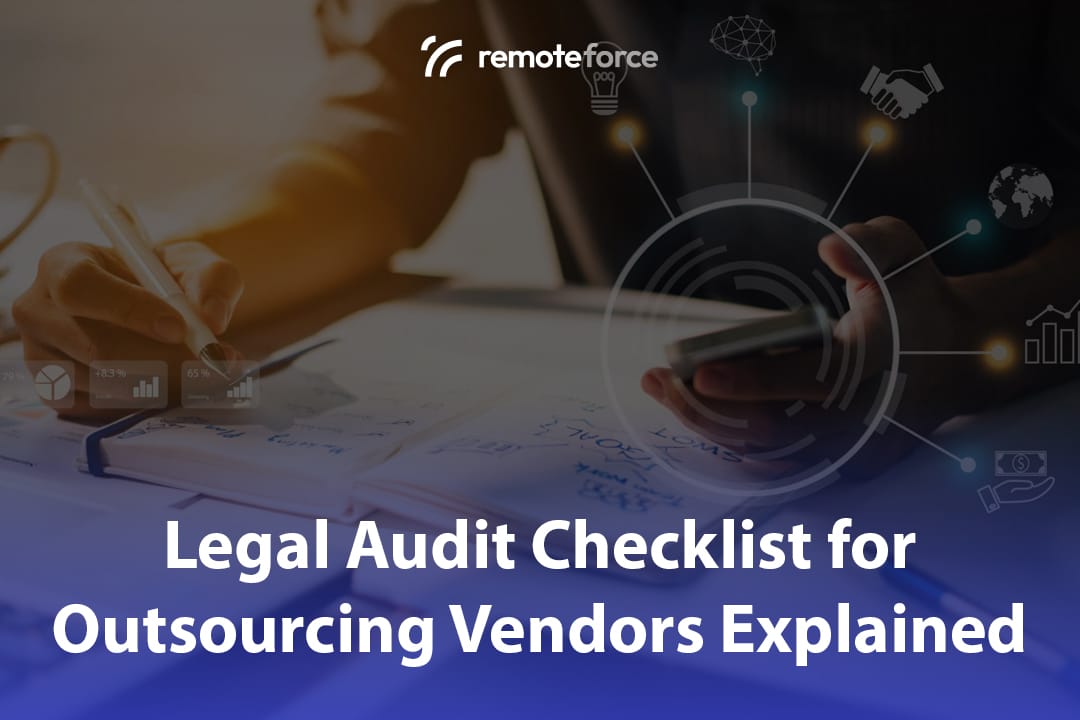Table of Contents
ToggleFrom Idea to Identity: Your Branding Checklist (and How to Do It Right)
Imagine this: Lina opens a small artisanal tea shop. She’s got a killer menu, a cozy location, and an Instagram account—but her logo looks like a rushed doodle, her colors don’t match, and her posts look different every time. Customers can’t quite tell what her brand stands for. Sales slow, foot traffic doesn’t convert, and soon she realize the problem isn’t her product, it’s her branding.
This scenario is more common than most new business owners think. Many entrepreneurs focus on their product, location, or marketing channels first, but forget that design and branding are the first impression. Good branding isn’t decoration — it’s a system that signals trust, professionalism, and clarity. It’s the map that tells customers who you are, what you sell, and why they should choose you instead of the shop next door.
If you’re starting a business from scratch, you need more than just a logo. You need a structured branding checklist—a step-by-step guide that covers the essentials: from your logo, colors, and typography, to your social media templates and business cards. These aren’t just nice-to-have assets; they are the foundation of how customers will recognize and remember you.
In this article, we’ll walk you through a practical, non-scary branding checklist that explains what design assets you need, why they matter, and how to create them in a way that fits your business goals. Whether you’re a first-time founder or turning a side hustle into a real business, this checklist will help you build a brand identity that works as hard as you do.
Essential Branding Assets Every New Business Needs
Start here — these are the items that give your business a consistent, professional face:
Logo (primary + simplified mark)
Brand color palette (primary + secondary + neutrals)
Typography selection (headings, body, accents)
Brand guideline (one-page or short PDF)
Business card / contact card
Social media templates (post & story sizes)
Website header / hero image (and favicon)
Basic marketing collateral (flyer, brochure or one-pager)
Packaging or product label mockup (if relevant)
Email signature / simple email template
Step-by-step: how to build these (detailed, friendly)
Follow this order — it’ll save time and money.
Step 1 — Know your business essentials (30–60 minutes)
Before design begins, answer:
Who is your customer? (age, habits, problems)
What problem do you solve? (affordable coffee? premium experience?)
What 3 words should describe your brand? (e.g., warm, playful, modern)
Tip: Keep answers short and concrete — they will guide every design choice.
Step 2 — Research & inspiration (create a mood-board)
Collect logos, colors, fonts, and images you like. Use images from shops you admire, competitor sites, and Pinterest. Group what feels right vs wrong.
Why: This helps a designer (or you) avoid guessing and speeds up decisions.
Step 3 — Logo: idea > sketch > test
This is the most debated element: should you design a logo you like or one that speaks to the brand? The honest answer: both matter, but purpose wins.
Start with purpose. A logo should convey the brand’s personality to its audience. A playful kids’ brand should look fun; a law firm should look dependable.
Then add taste. If you like the result, you’ll be proud to show it — but preference without fit is risky.
Practical logo tips
Sketch many ideas first (even quick ones).
Make a primary logo (full) and a simplified mark (icon or initials) for small sizes.
Keep it legible at small sizes — test it as a social avatar and on a business card.
Use vector formats (SVG, EPS) so it scales without blur. Export PNG/JPG for web and PDF for print.
Step 4 — Pick colors & typography
Colors: Choose 1 primary, 2 secondary, and 2 neutral shades. Use the primary for your logo and main CTA buttons.
Typography: Pick one heading font (distinctive) and one body font (readable). Google Fonts are free and safe.
Tip: Contrast is king. Make sure text stands out on background colors.
Step 5 — Create a short brand guideline (1–2 pages)
This is your playbook. Include:
Logo usage (clear space, wrong uses)
Color hex/RGB/CMYK values
Fonts and sizes for headings/body
Example social post and email signature
Even a one-page guide prevents messy branding later.
Step 6 — Templates & assets
Create social media templates (square for posts, tall for stories), a business card layout, and a simple website hero image. Use consistent spacing, colors, and font sizes.
Tip: Templates save time and keep your feed cohesive — especially if you hire content creators later.
Step 7 — Test with real people
Show your logo and simple mockups to 5–10 real potential customers or friends who match your target audience. Ask:
“What do you think this brand sells?”
“What feeling does this logo give you?”
“Would you trust or buy from this brand?”
Use feedback to refine — not to toss every idea because one person disliked it.
Step 8 — Final delivery & file organization
Ask for final files:
Vector (SVG/EPS) for logo
PNGs (transparent) in multiple sizes
JPEGs for web images
PDF for print-ready items
A one-page brand PDF
Organize files in folders named clearly: /Logo/, /Social/, /Print/, /Guidelines/.
DIY Branding vs Hiring a Designer: What’s Best for Your Business?
If budget is tight: start with a simple, clean logo and a one-page guide. Use templates (Canva) to keep things consistent. But if you can afford professional help, a good designer saves hours and prevents costly rebrands later.
ROI reminder: A clear identity builds recognition and trust — that’s sales. Poor design confuses customers and wastes marketing spend.
Quick practical branding checklist (before launch)
Logo: primary + mark exported in SVG + PNG
Color codes documented
Fonts chosen and accessible
One-page brand guide created
Social templates ready for 4–6 posts
Website hero and favicon ready
Business card and email signature designed
Tested with 5–10 potential customers
Design doesn’t have to be scary. Start with purpose, make practical choices, test quickly, and keep files organized. If you do those things, your design will work harder — attracting customers, building trust, and saving you time as your business grows.
Want help doing this faster? See more about our remote graphic design services at RemoteForce — we specialize in end-to-end branding for new businesses. Follow us on LinkedIn and Facebook for design tips, templates, and real client case studies.




